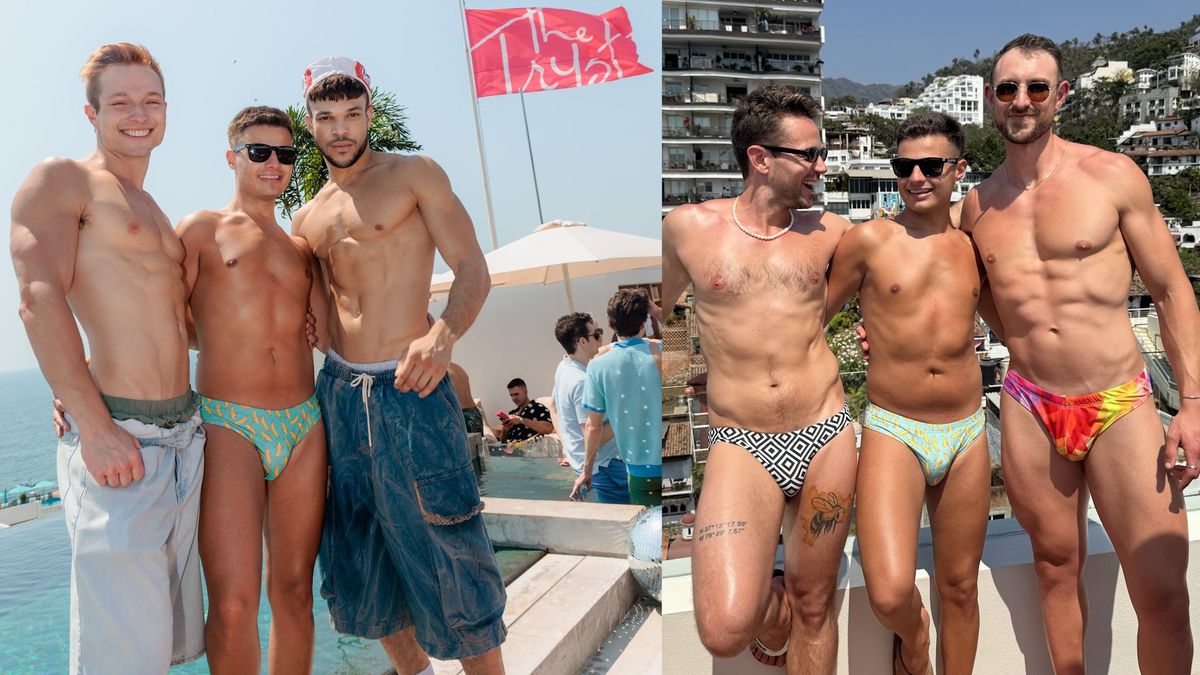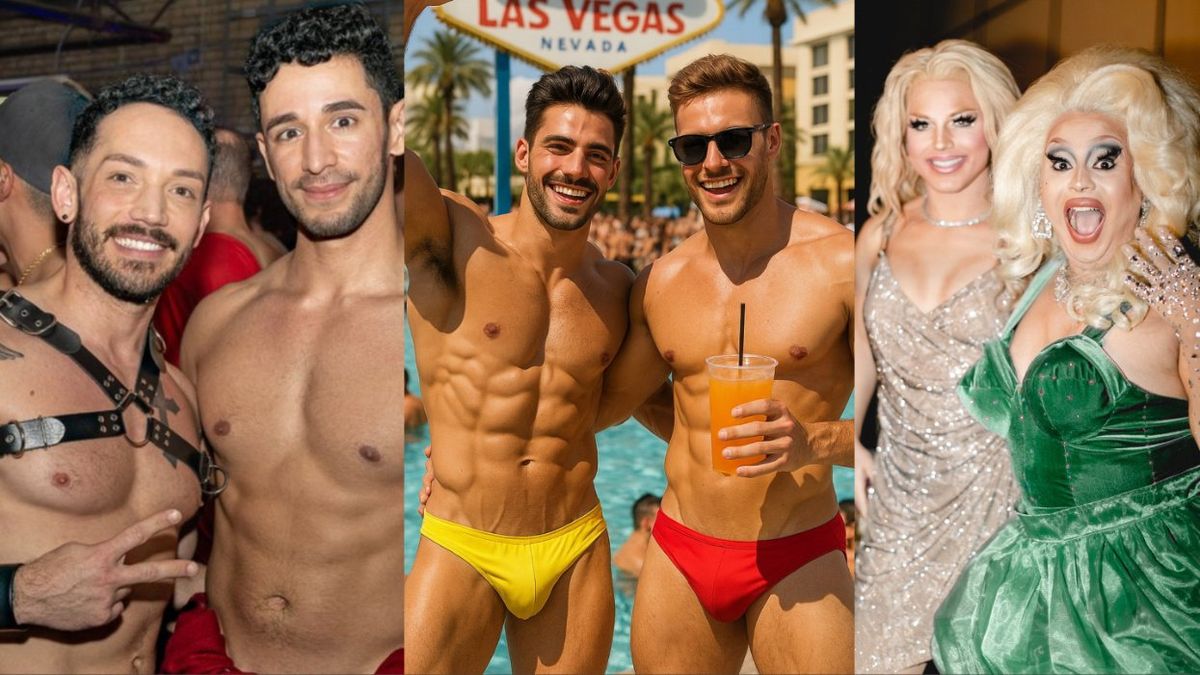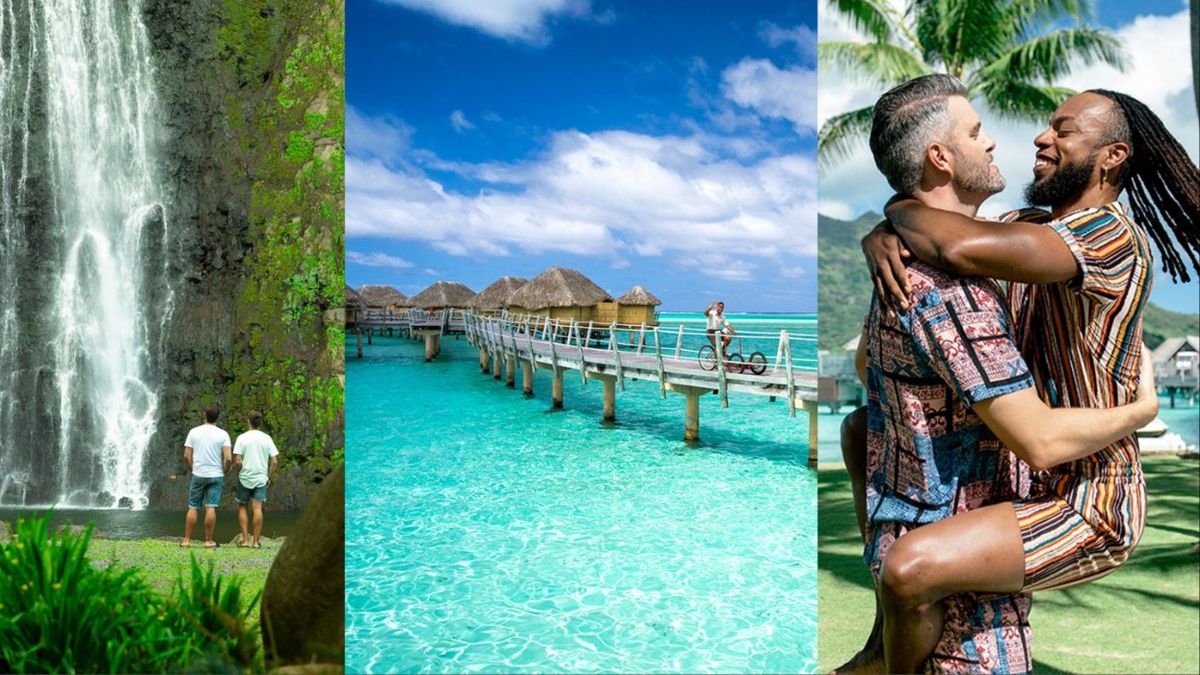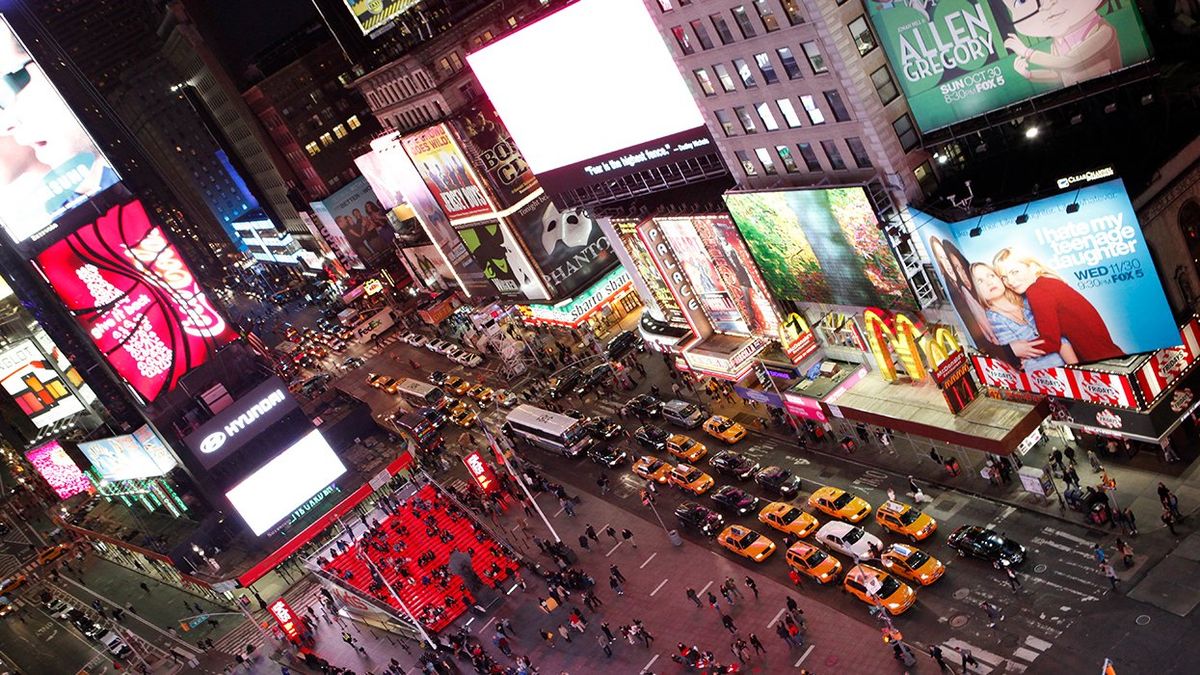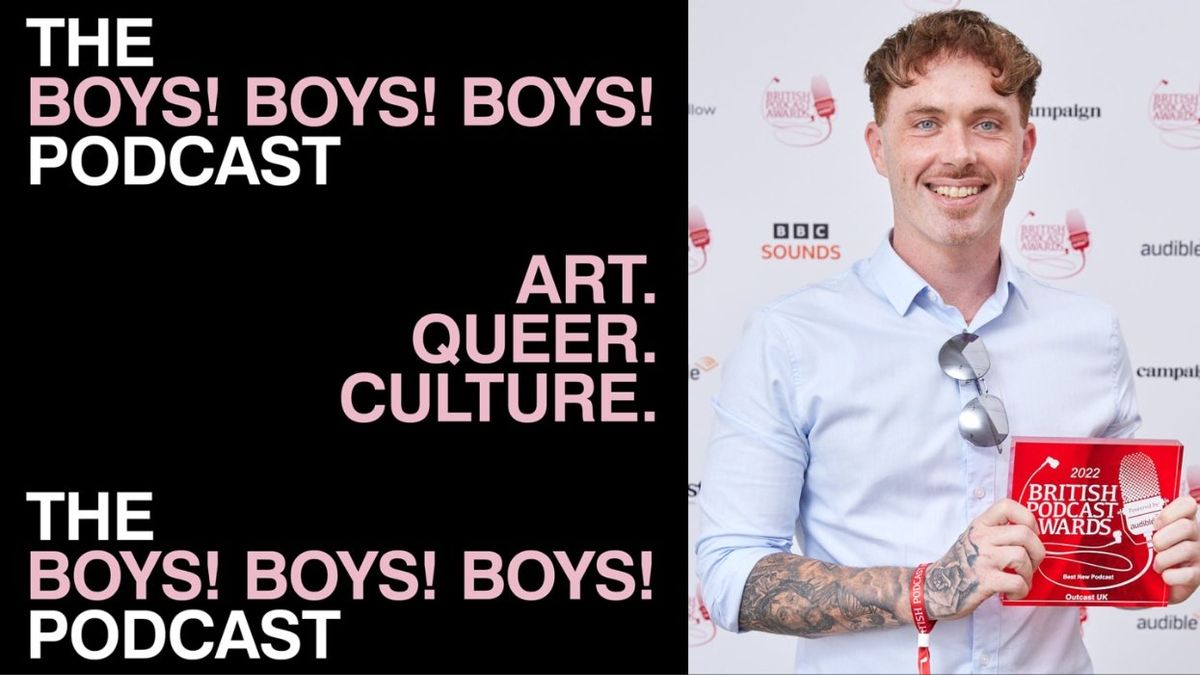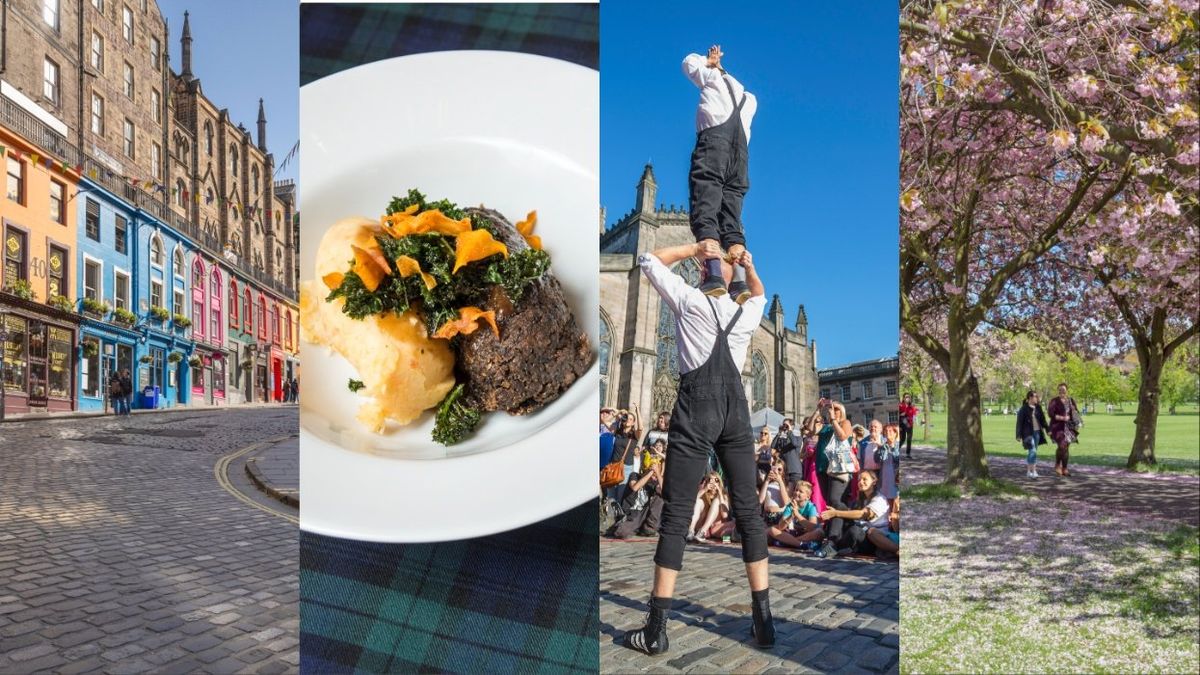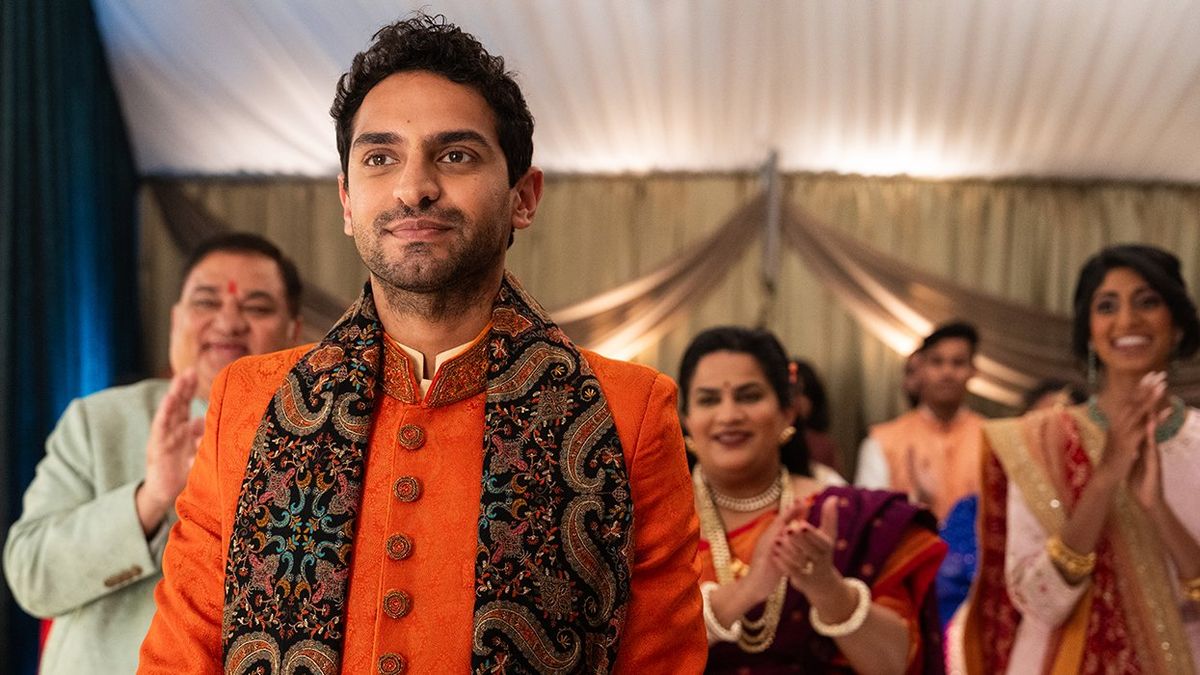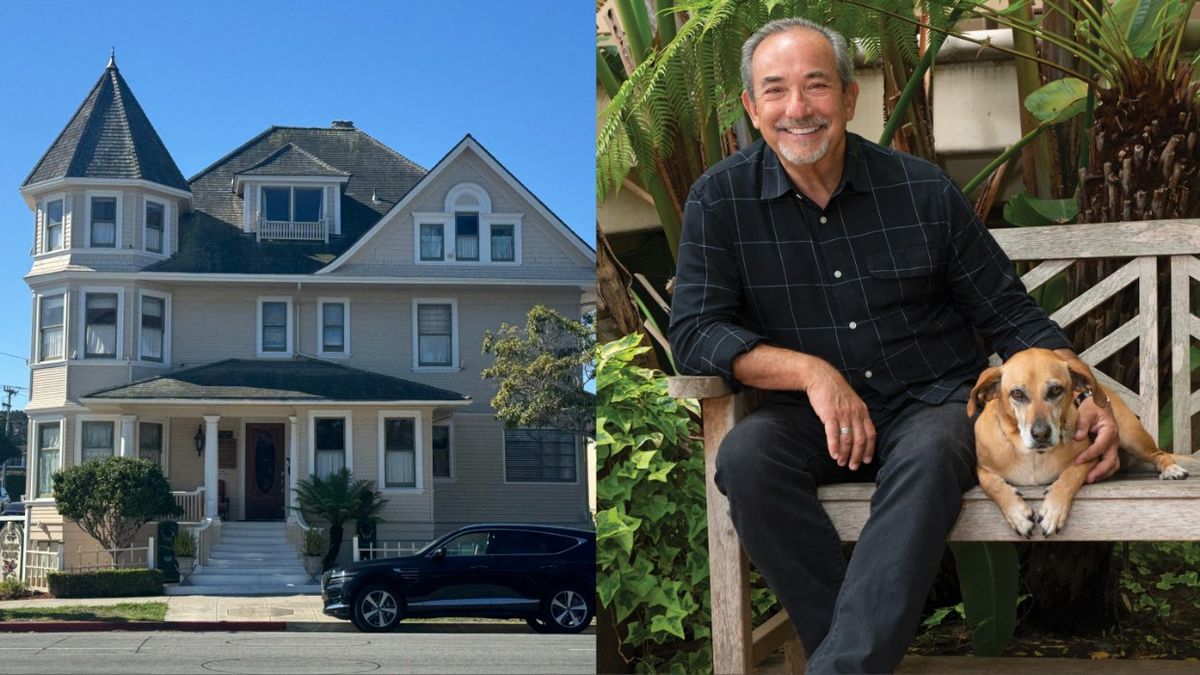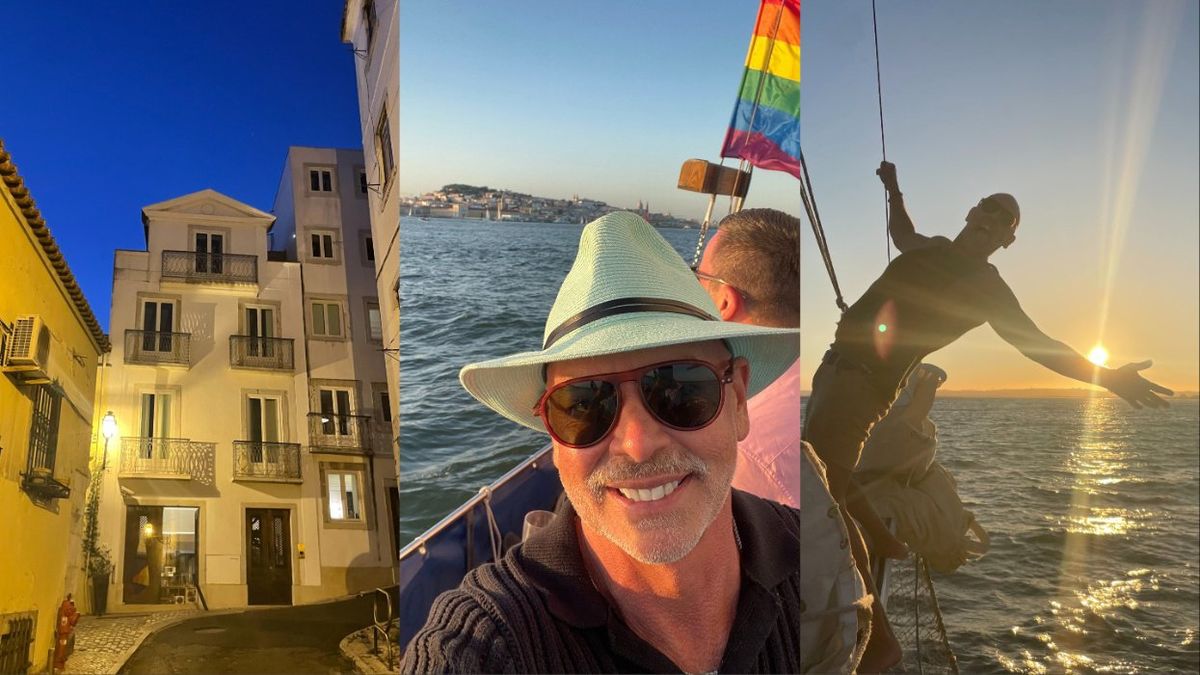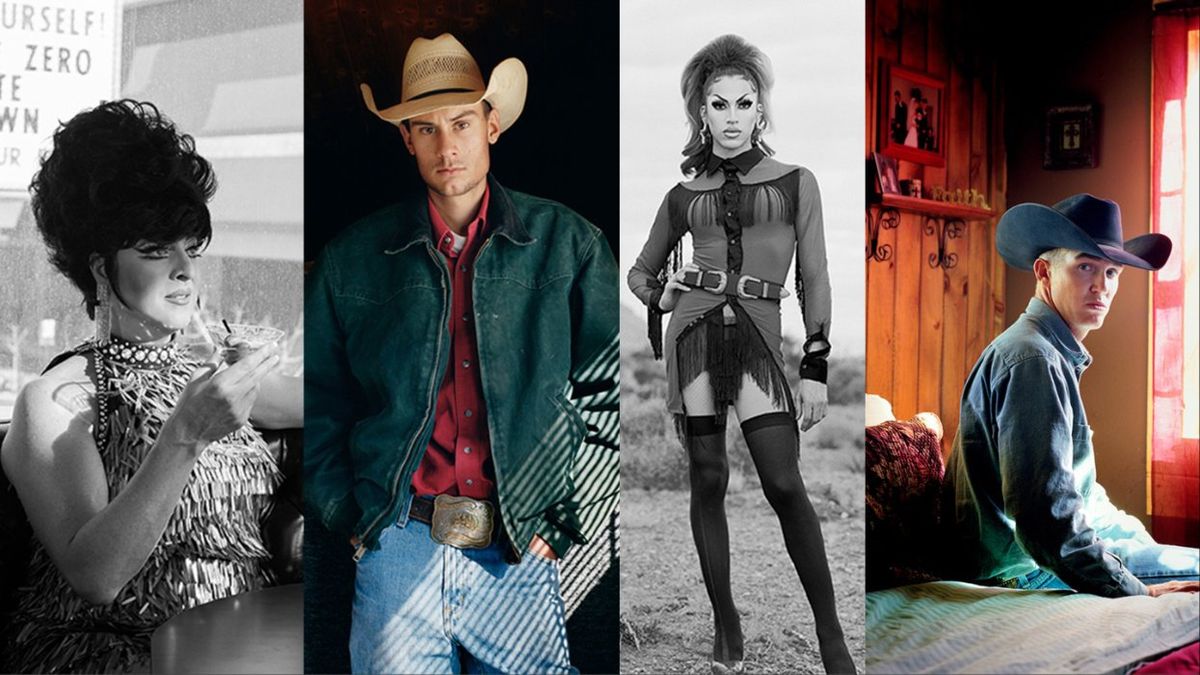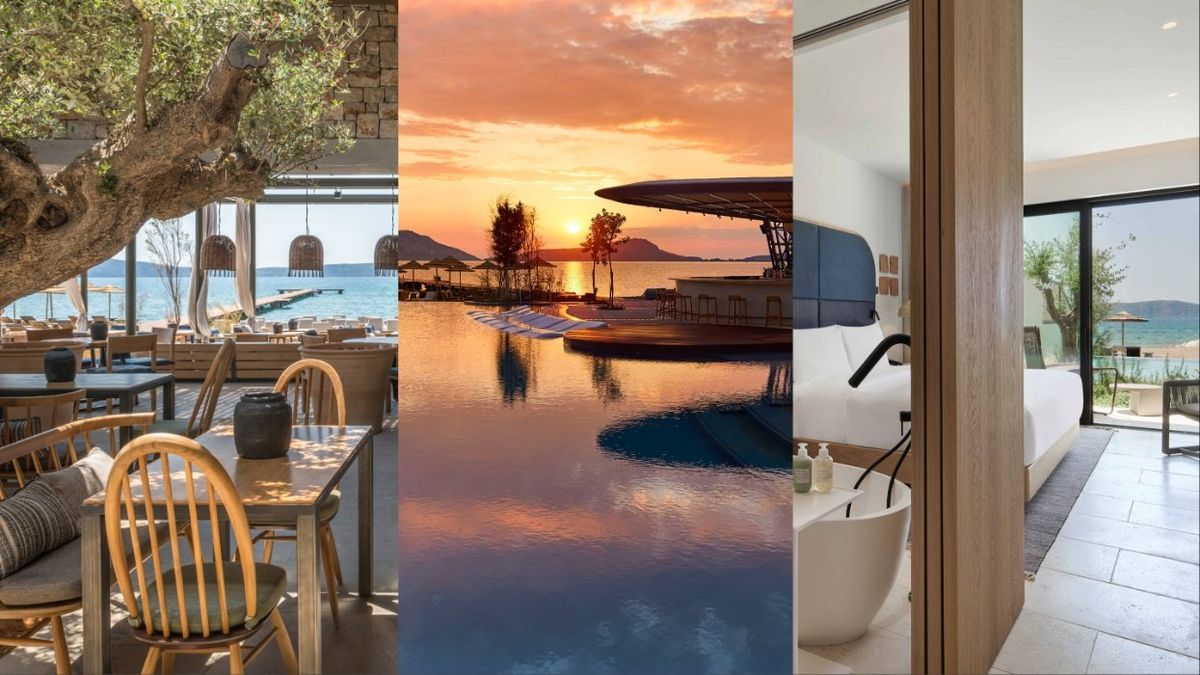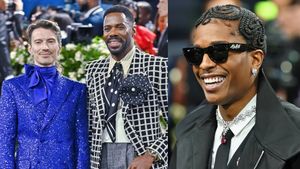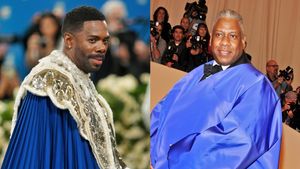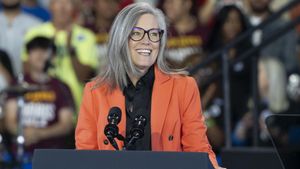Experiencing Honolulu Pride is sublime: the sweeping Pacific views and myriad food options at the Prince Waikiki Hotel, the comforting humid air, the perfectly temperate ocean water, and the welcoming faces at the Pride festival and local gay bar Bacchus Waikiki. But the pinnacle experience of the queer aloha spirit last October wasn’t found on the parade route, at after-parties, or even on Queen’s Beach. Instead it was found at the 134-year-old Bishop Museum, where I was lucky enough to catch the incredible exhibit, “The Healer Stones of Kapaemahu,” on its closing day, which coincided with Pride’s start.
A thoughtful exploration and appreciation for the islands’ long history of gender diversity, the “Healer Stones” shared the story of how a centuries-old simulacrum devoted to the queer spirit was buried (literally and figuratively) and only recently uncovered. Centuries ago, four large stones were placed on Waikīkī Beach to honor four māhū, “extraordinary individuals of male and female spirit,” who brought their healing powers to O‘ahu from Tahiti.
 The Healing Stones Shutterstock
The Healing Stones Shutterstock
Legend has it that these four healers, who lived between what was traditionally expected of males and females, transferred their curative energy to the stones before departing. Development of 20th-century Honolulu left the stones buried under, of all things, a bowling alley. Finally, when the stones were restored and memorialized in the 1960s, their queer history was excised. “The Healer Stones of Kapemahu” righted that wrong with artifacts, animation, and digital depictions of figures once lost to time.
 Kapaemahu 3D Artistic Renderings of the Four Pokahu Courtesy Bishop Museum
Kapaemahu 3D Artistic Renderings of the Four Pokahu Courtesy Bishop Museum
In addition, the exhibit displayed vibrant reminders of Honolulu’s long history as a queer haven in the vast Pacific. Pictures and artifacts told the stories of drag and trans artists who captivated audiences until Honolulu’s Westernized government of the 1960s criminalized these performers, insisting they wear “I Am a Boy” pins while walking through the Waikīkī district.
“It made us feel so degraded,” says Brandy Lee, a well-known entertainer from that era who performed at the Glade nightclub. “The word māhū was like a curse. It was the worst thing you could call somebody.”
The Bishop’s curators and researchers opened my eyes, and those of many others, to the rich history of LGBTQ+
O‘ahu, Hawai‘i, and Polynesia, and how it was perverted by Western powers.
After seeing every nook and cranny of the exhibit, I met up with two friends, and we explored the rest of the Bishop’s expansive campus on the north side of Honolulu, learning more about the history of Hawai‘i — from its grand royal lineage to the horrors of colonization to its current iteration as a modern American paradise.
The next day, I marched in the Pride parade as a guest of Hawaiian Airlines. After being locked out of live events for the better part of three years, the parade — winding through Waikīkī’s lively tourist district — and festival, held at the end of the parade’s route at sprawling Kapi’olani Regional Park, was a communal catharsis. Personally, being part of Honolulu Pride held special resonance after understanding how past queer generations struggled for acceptance and respect. Mahalo, queer O‘ahu, for letting me celebrate with you.
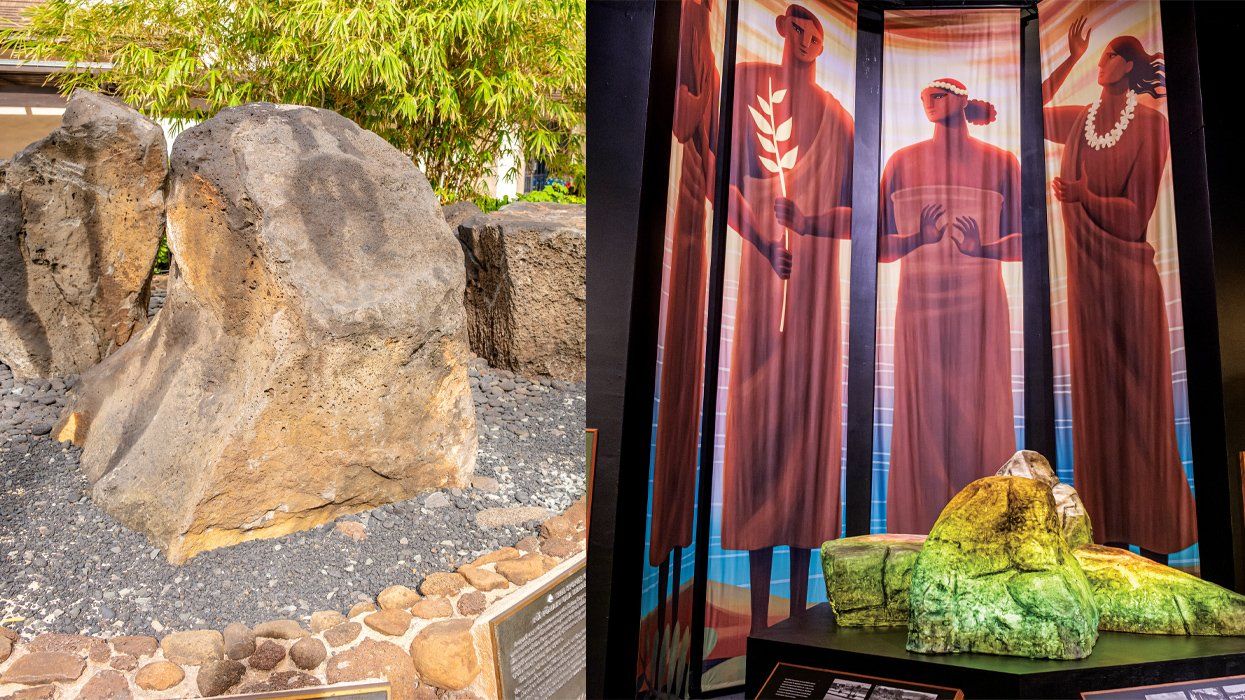




 The Healing Stones Shutterstock
The Healing Stones Shutterstock Kapaemahu 3D Artistic Renderings of the Four Pokahu Courtesy Bishop Museum
Kapaemahu 3D Artistic Renderings of the Four Pokahu Courtesy Bishop Museum











